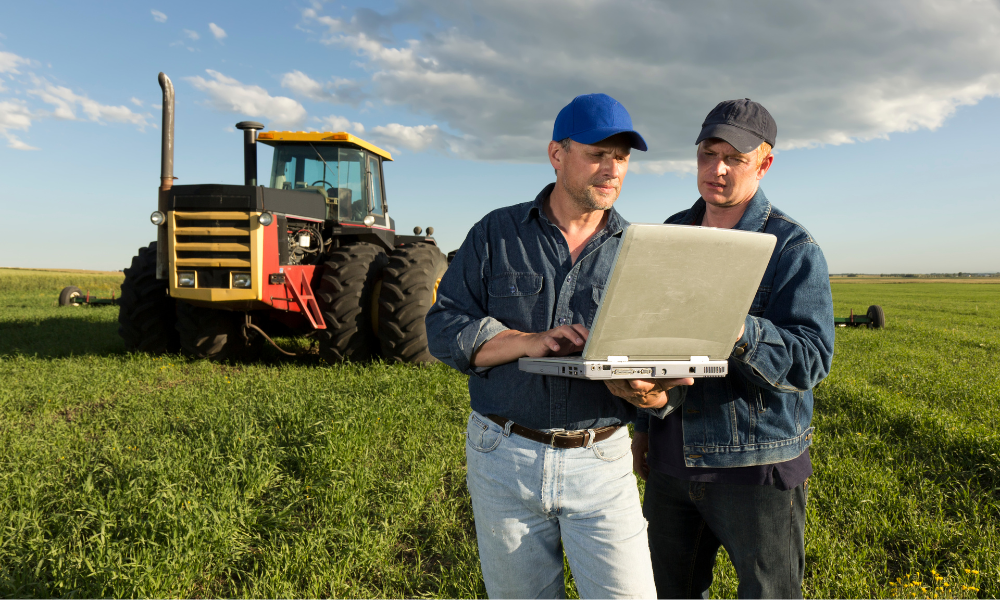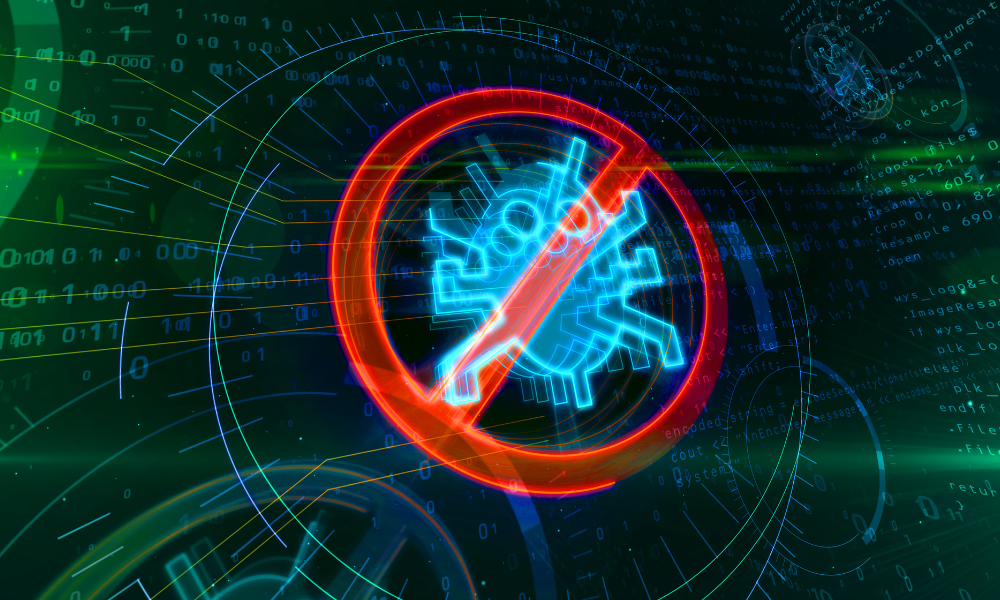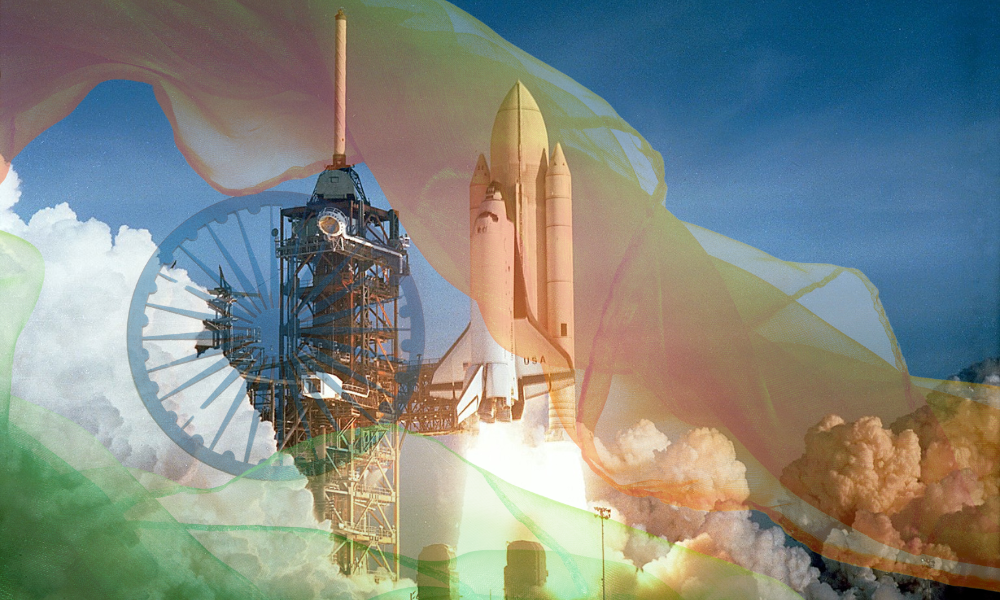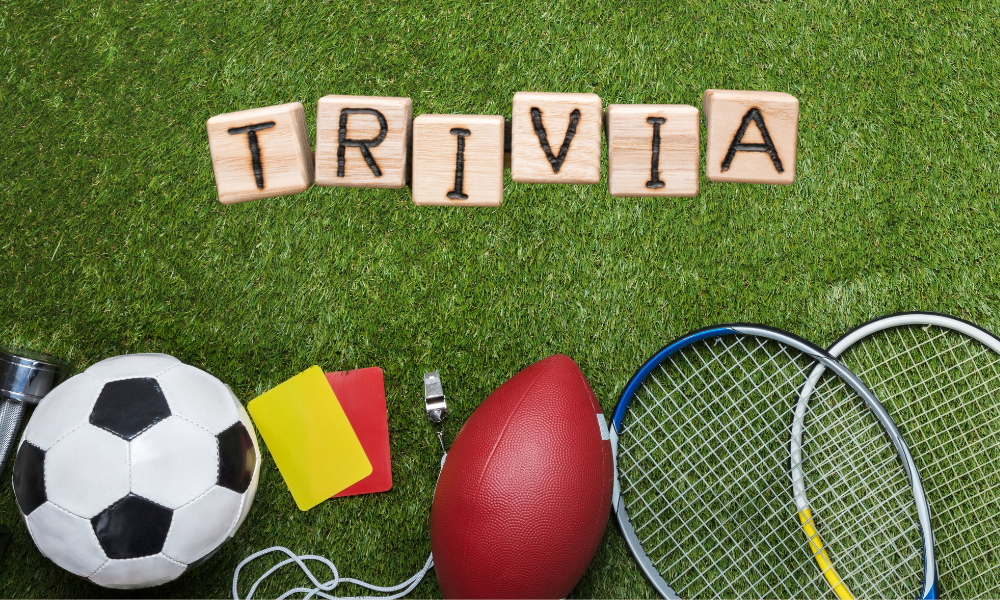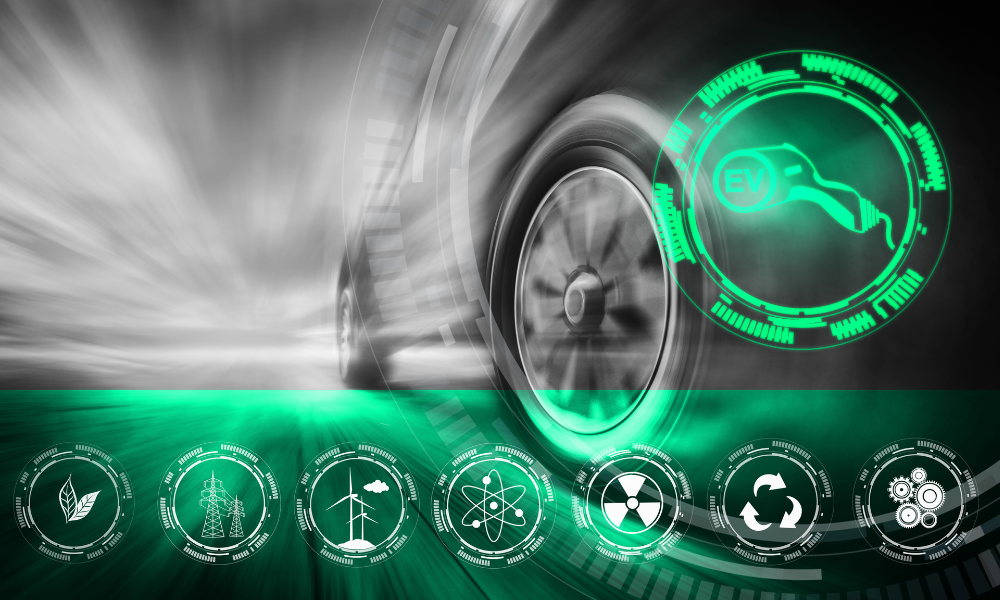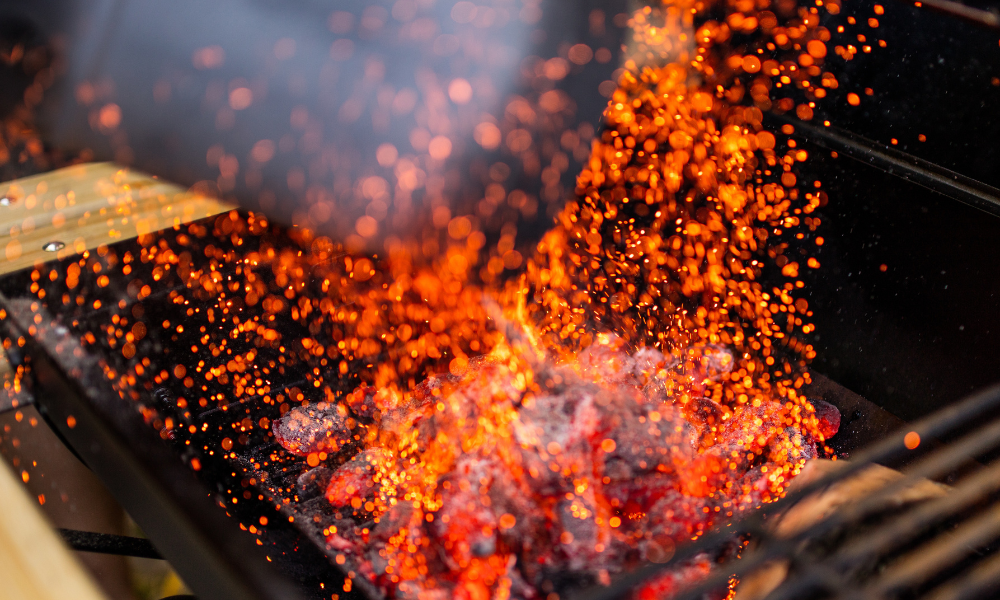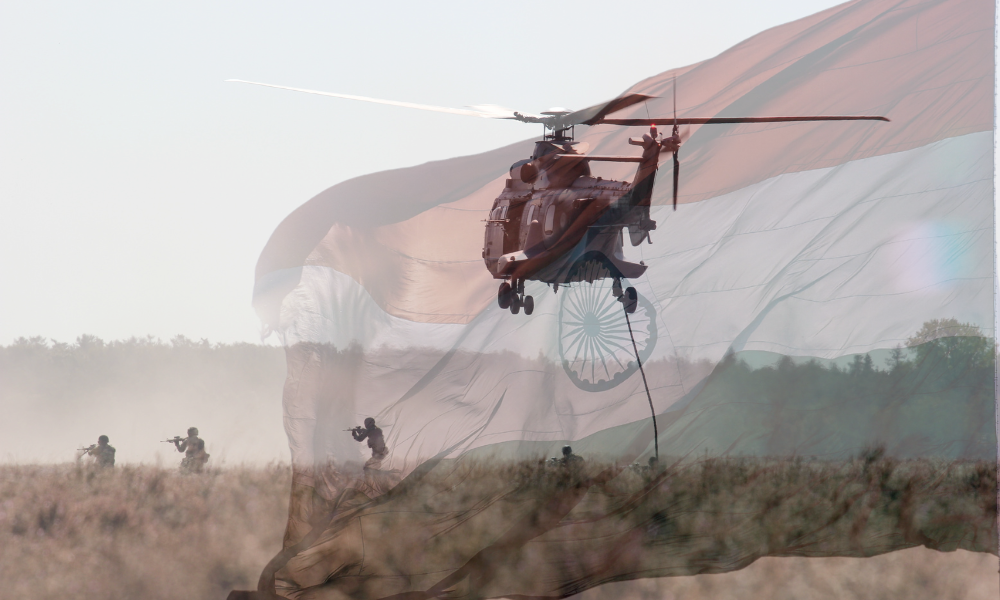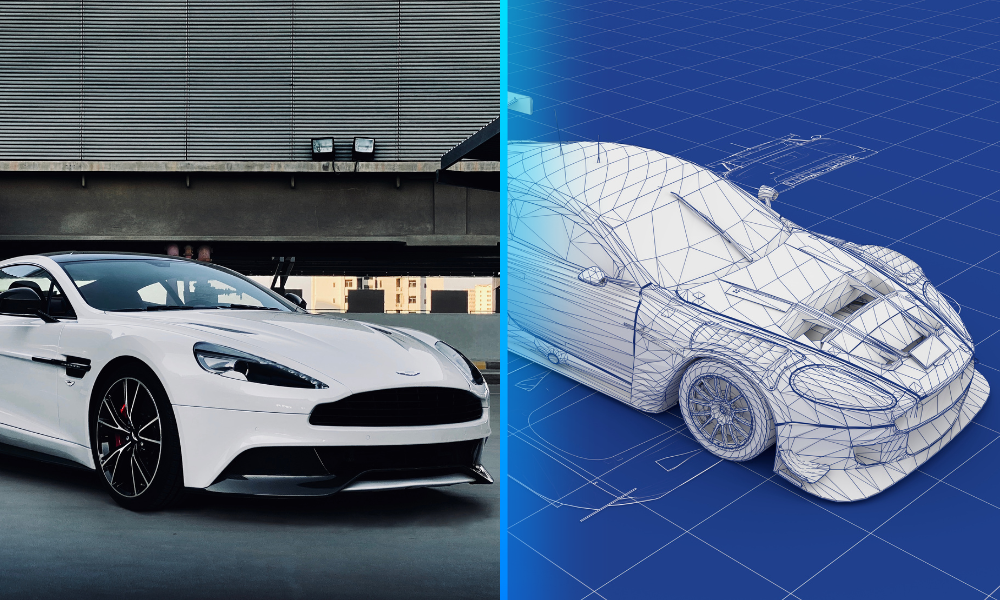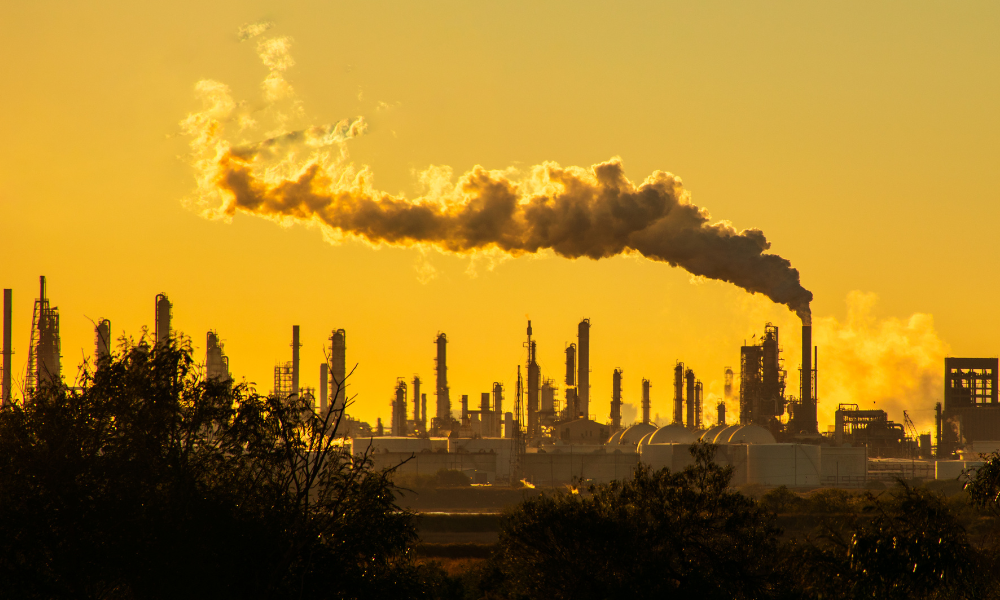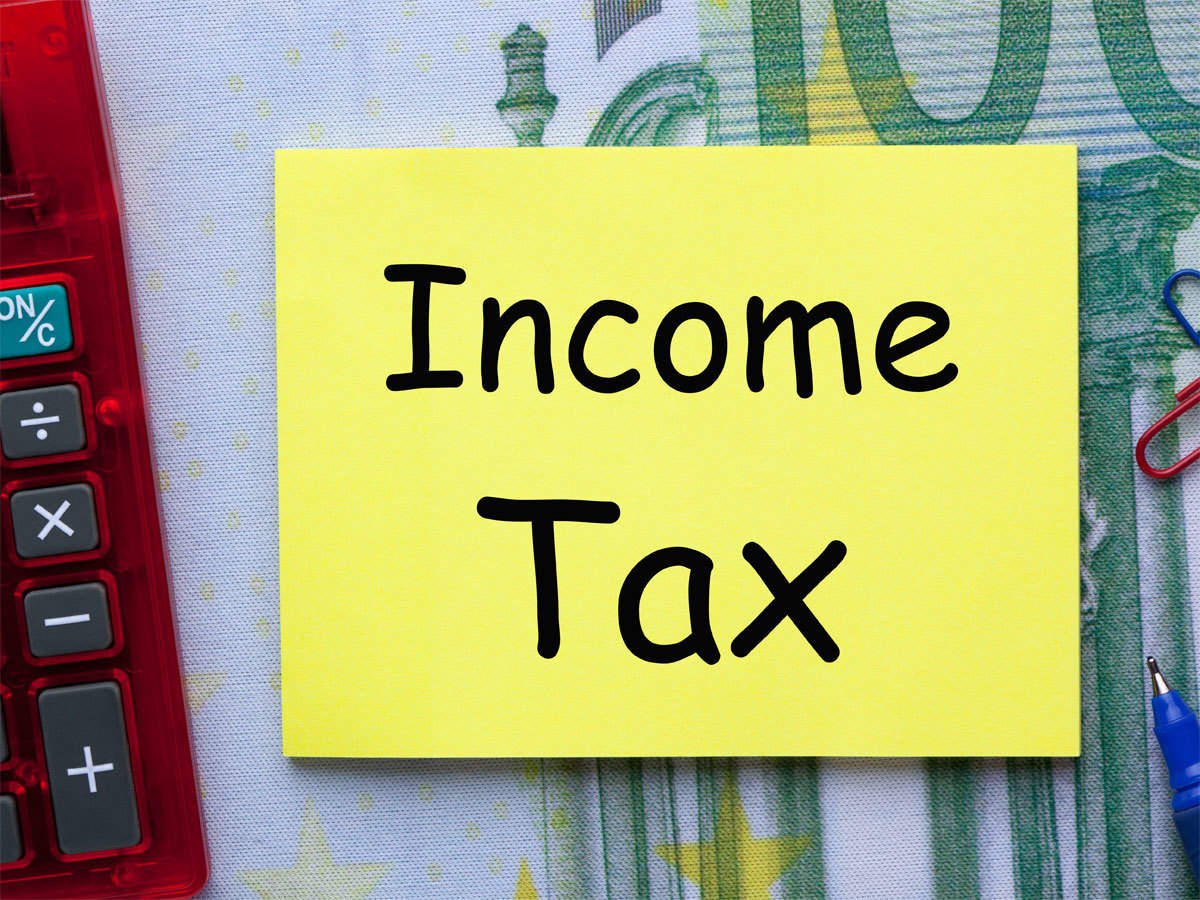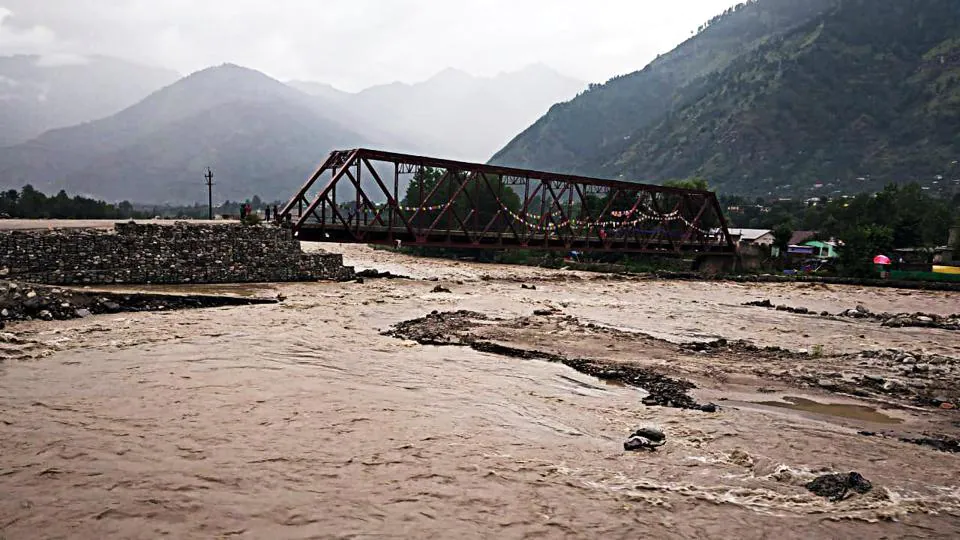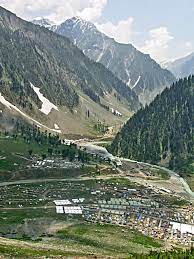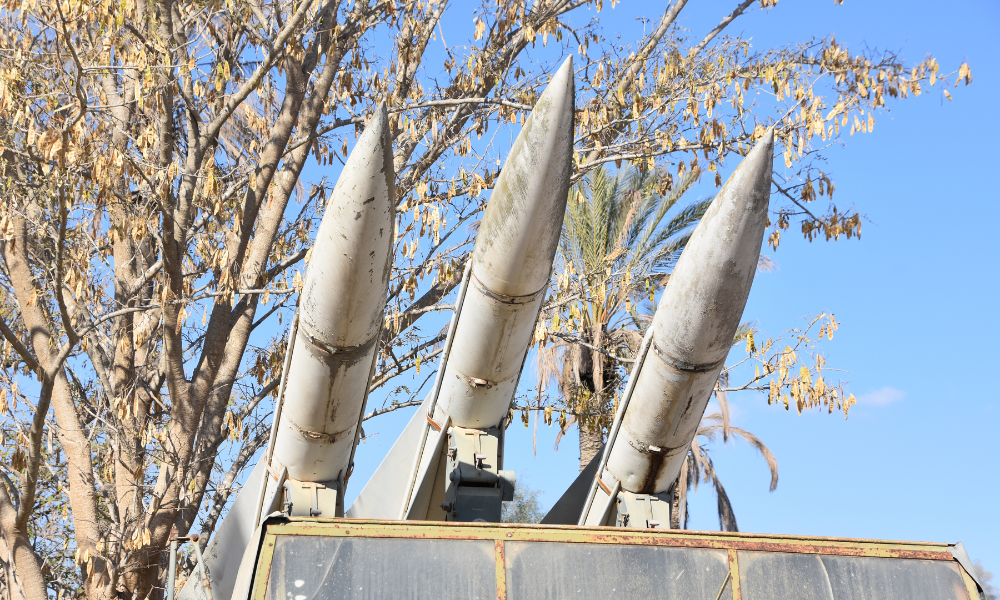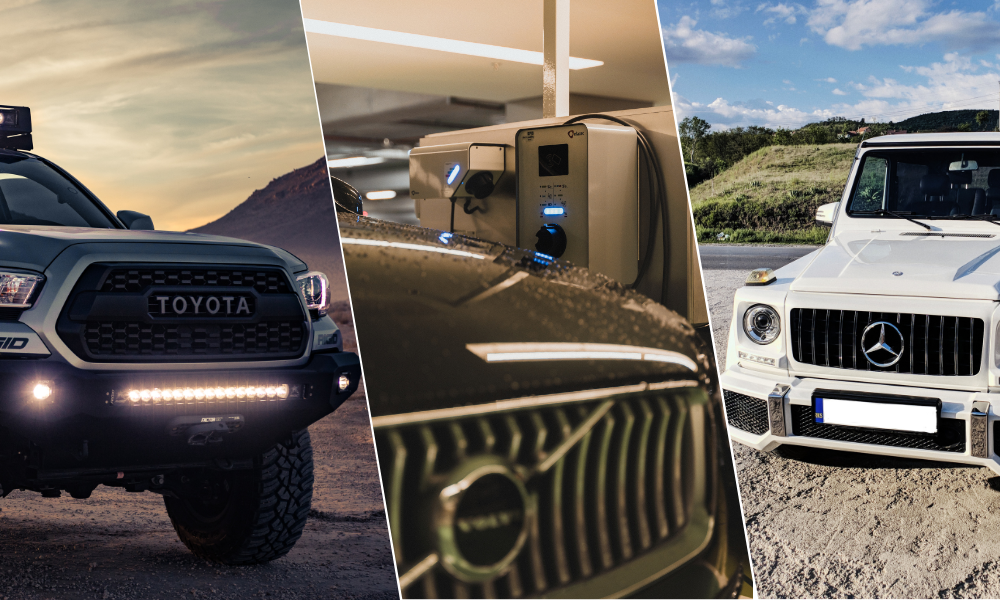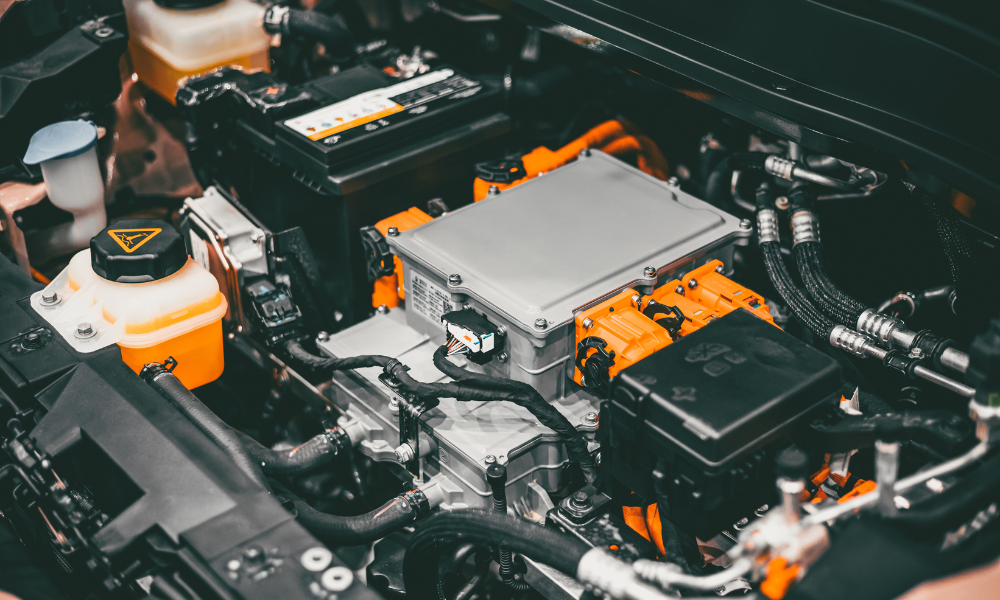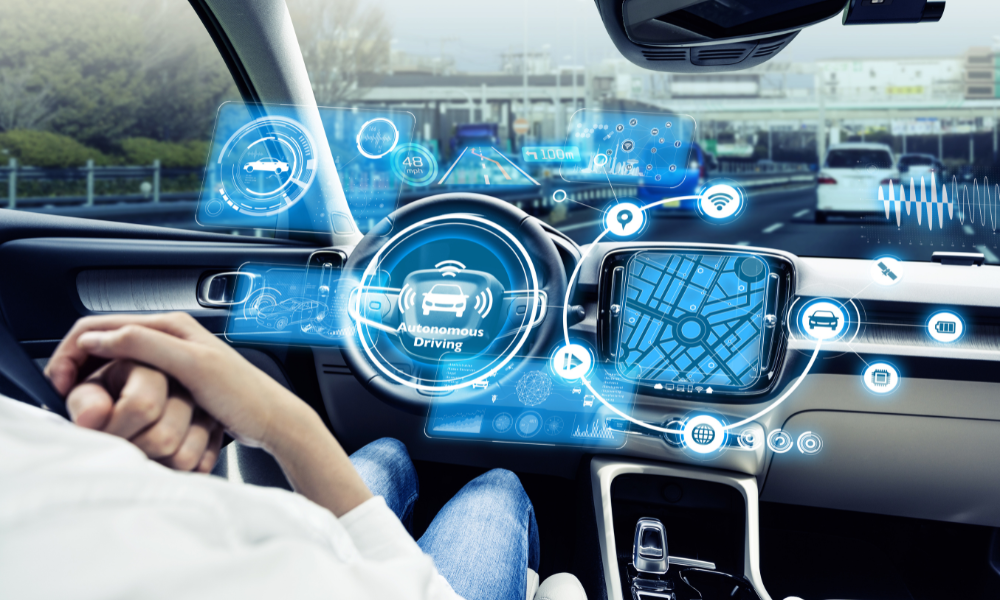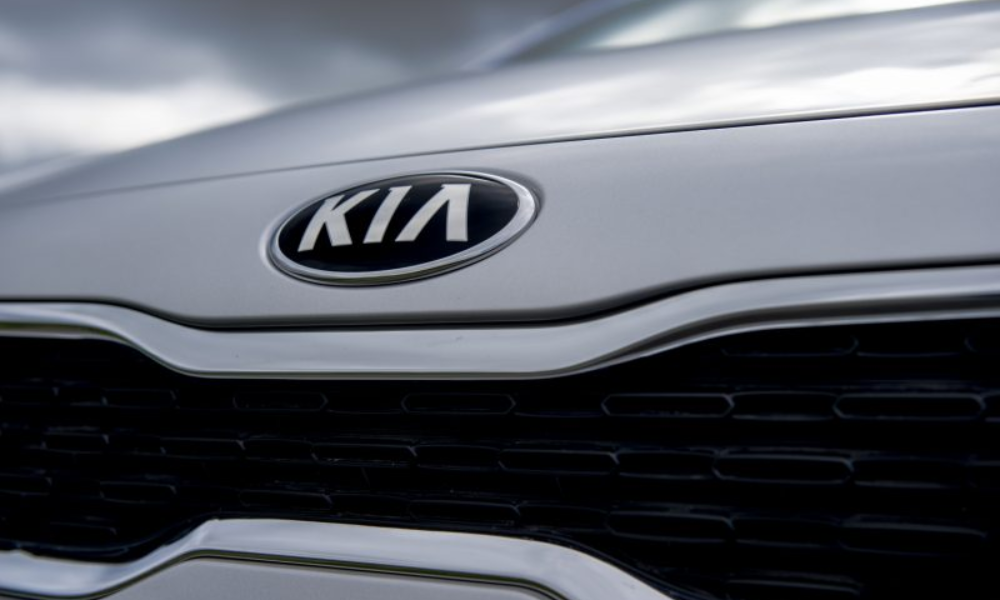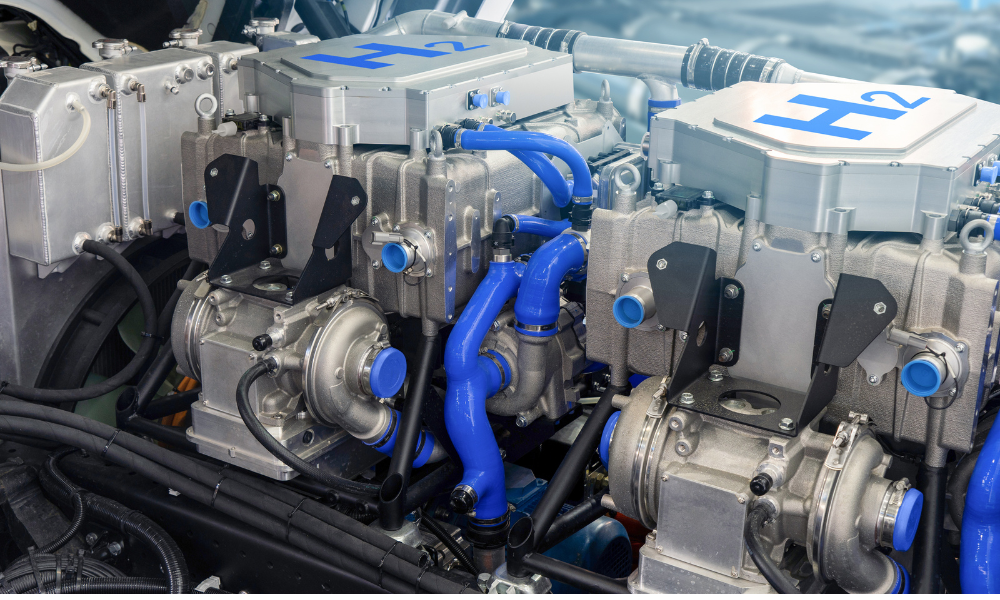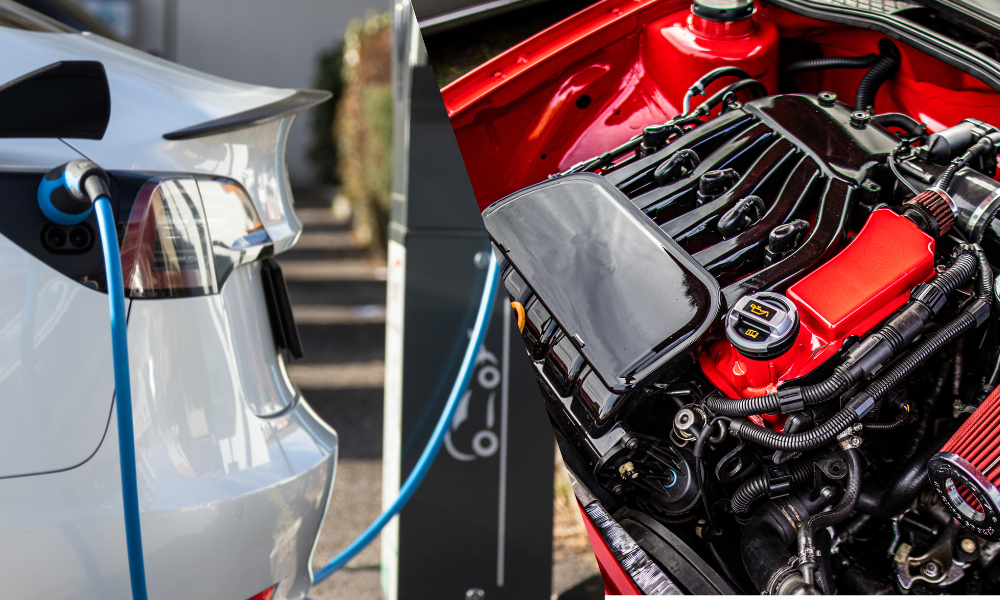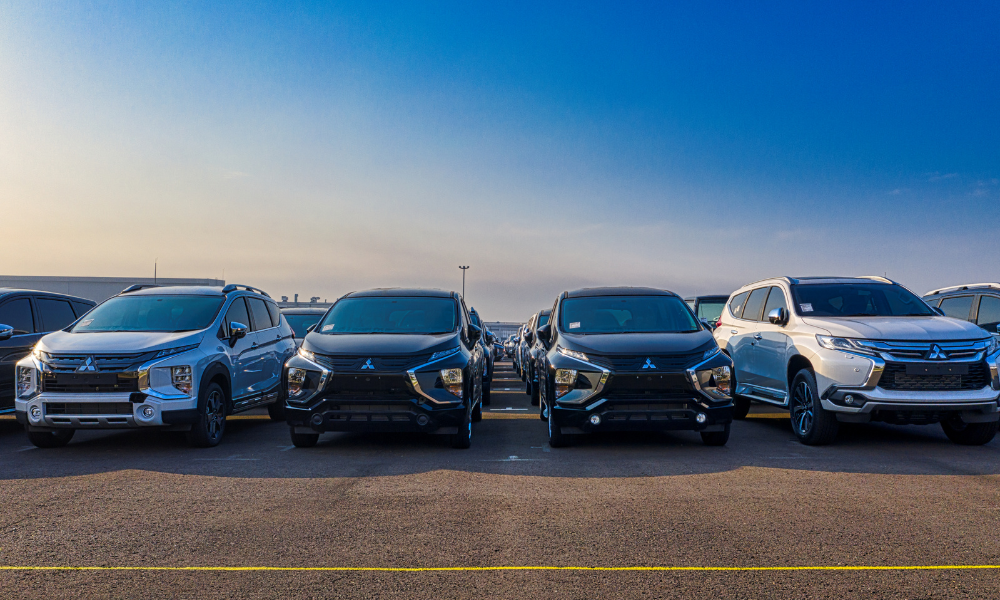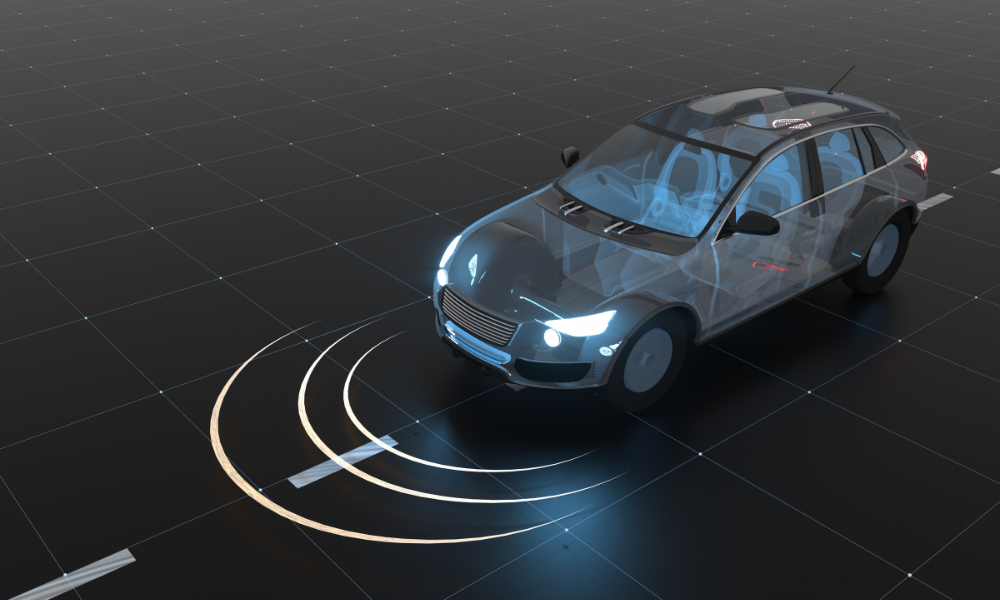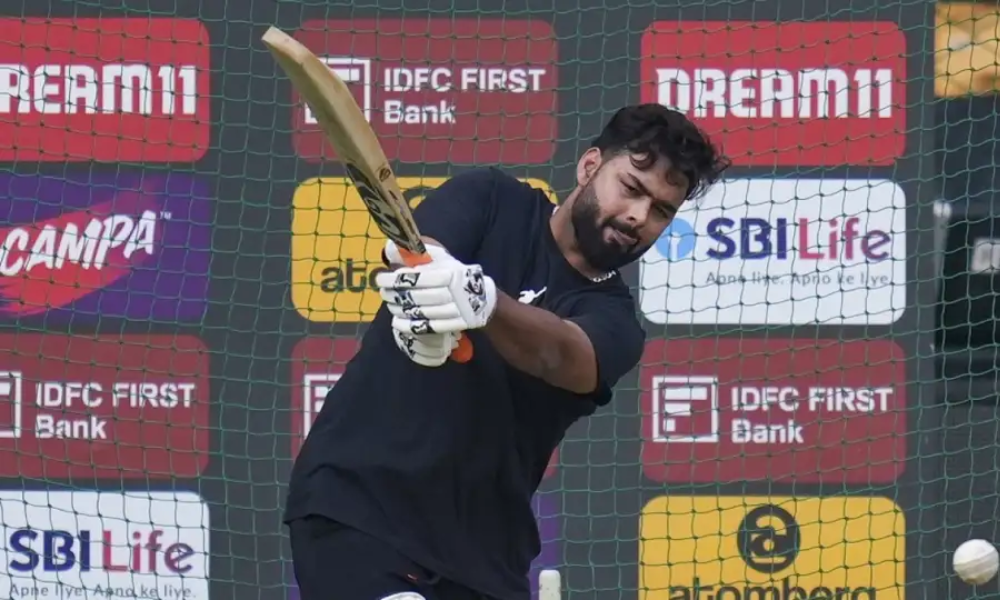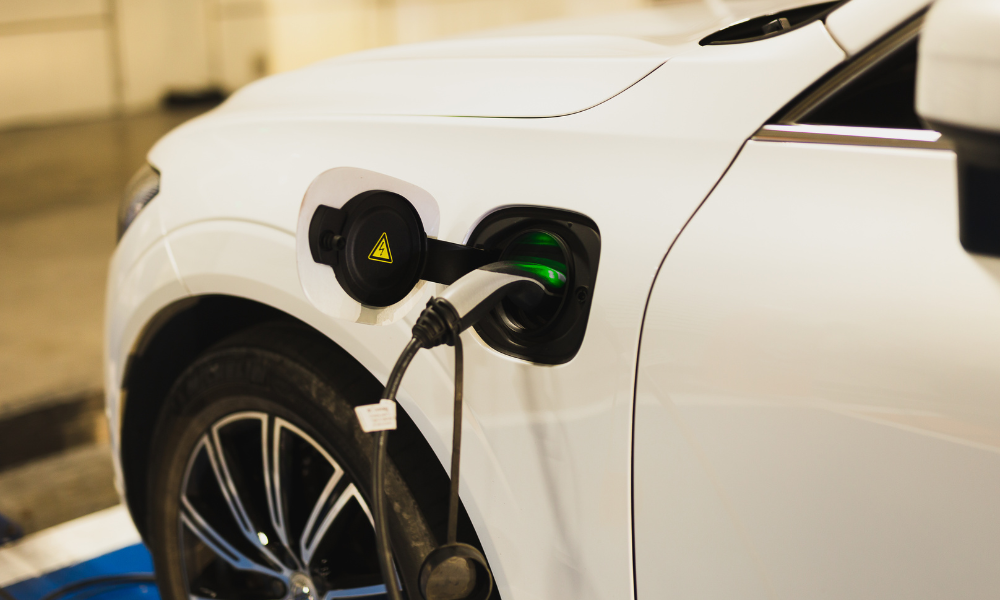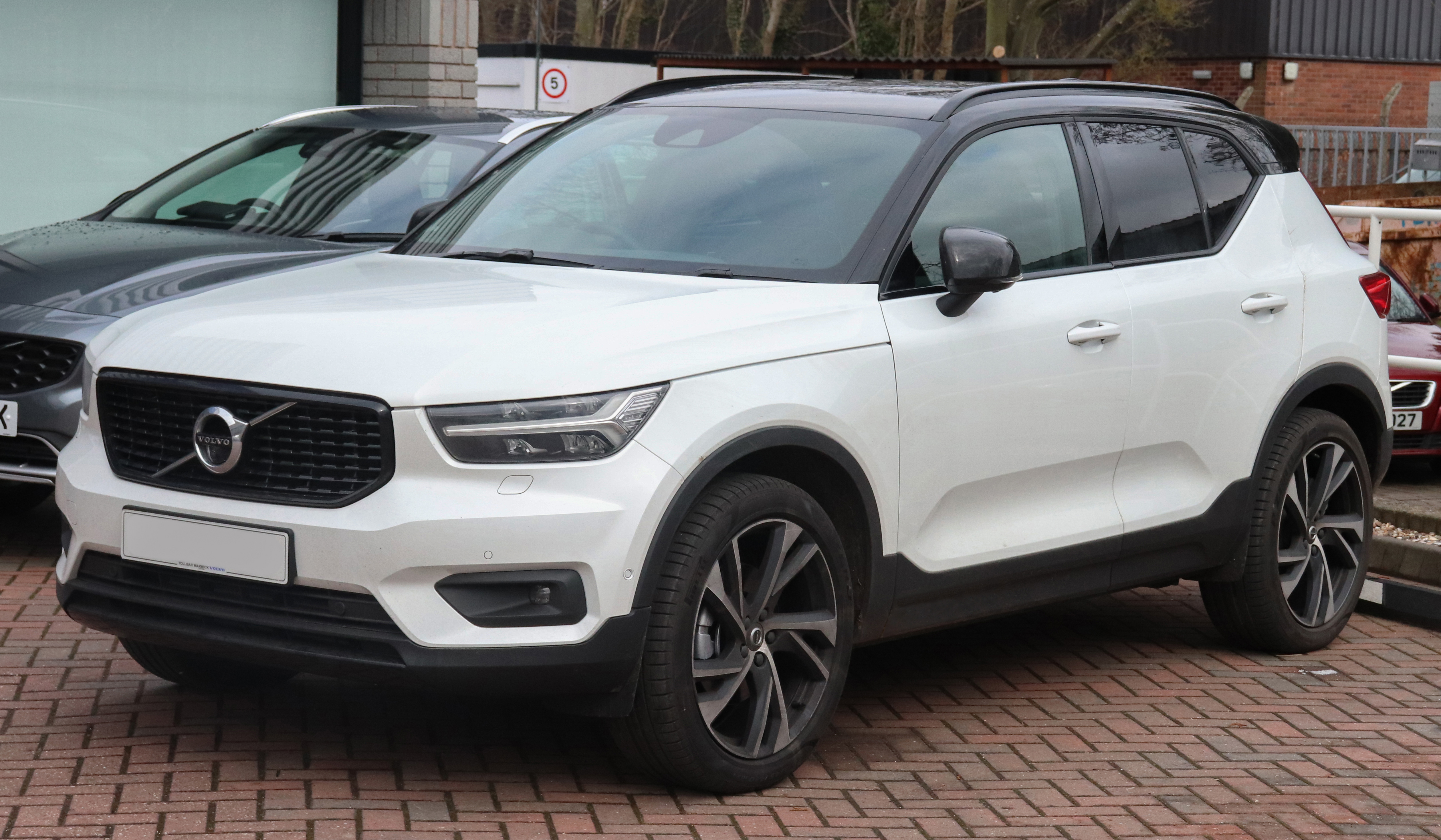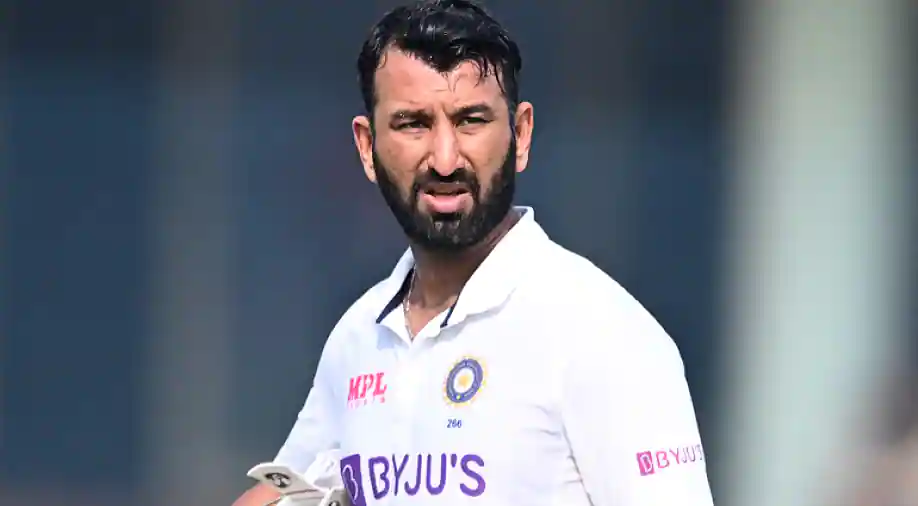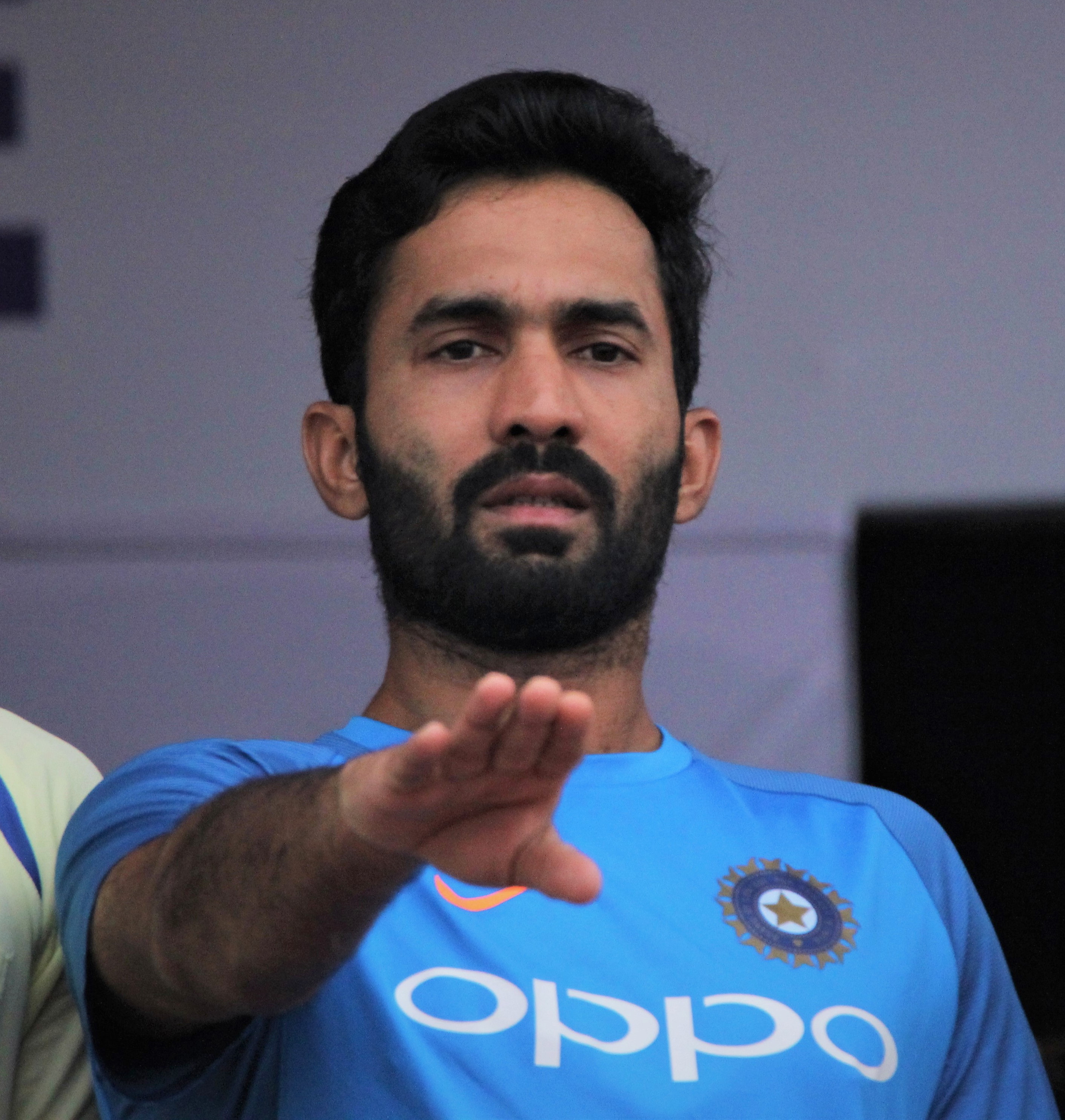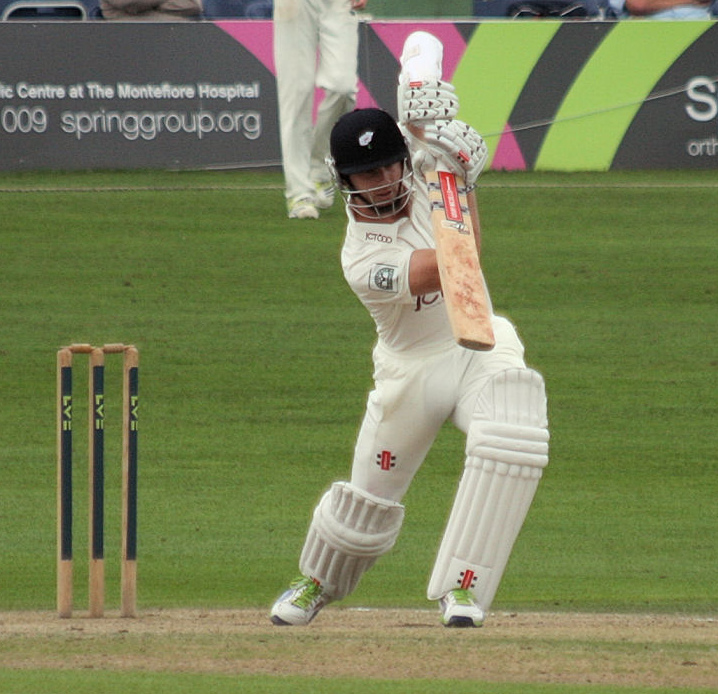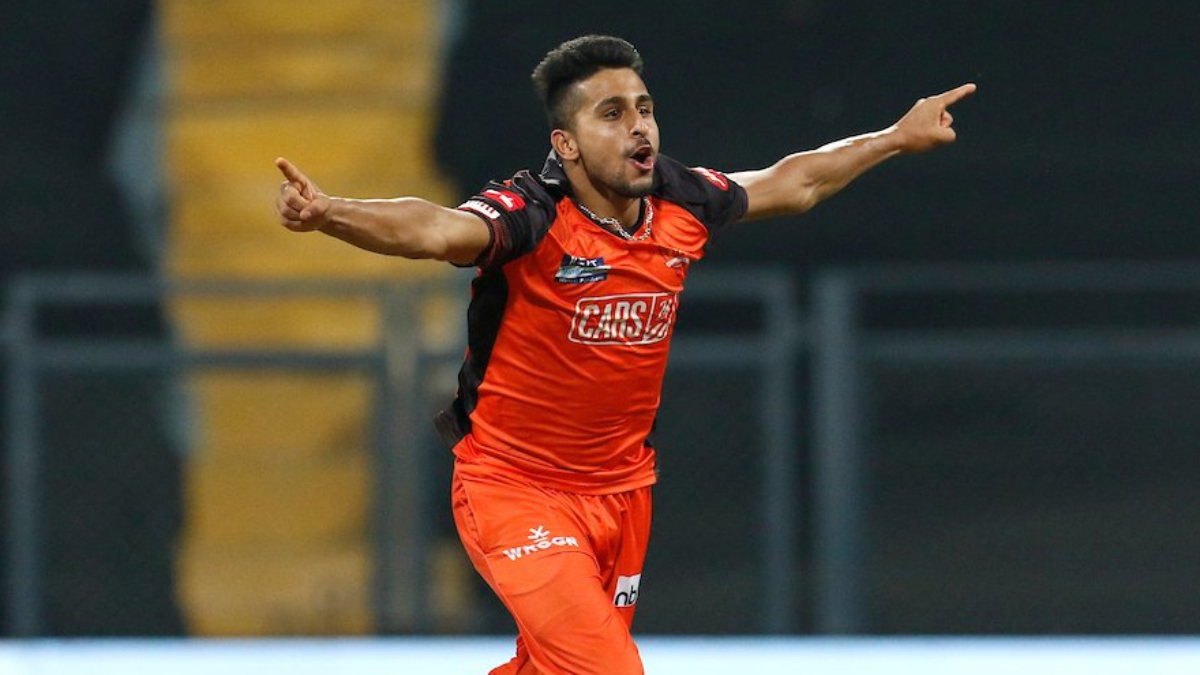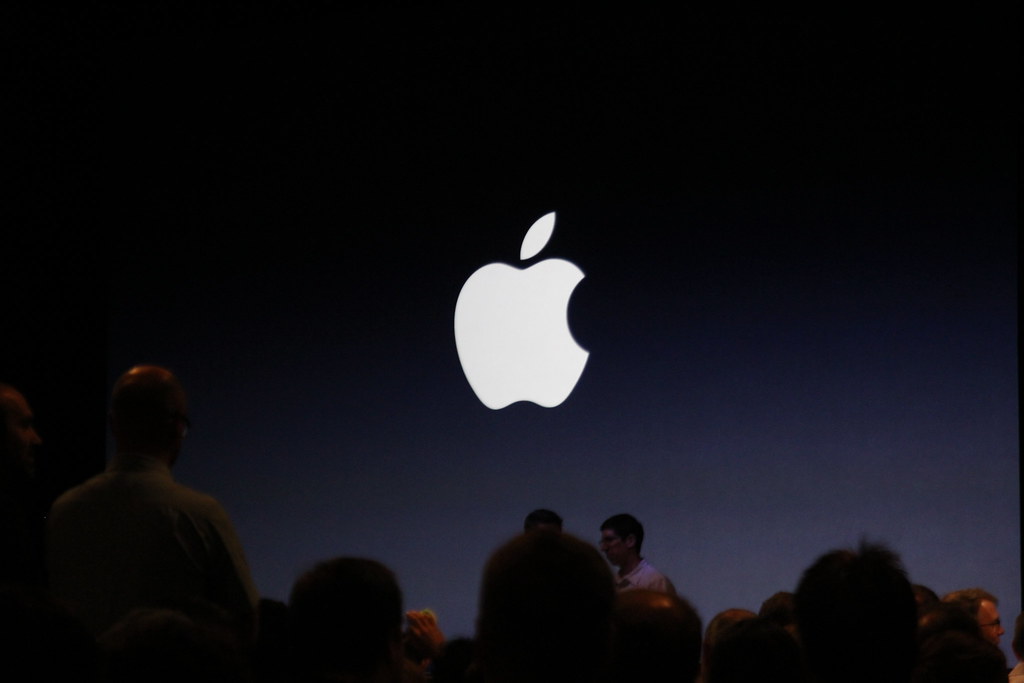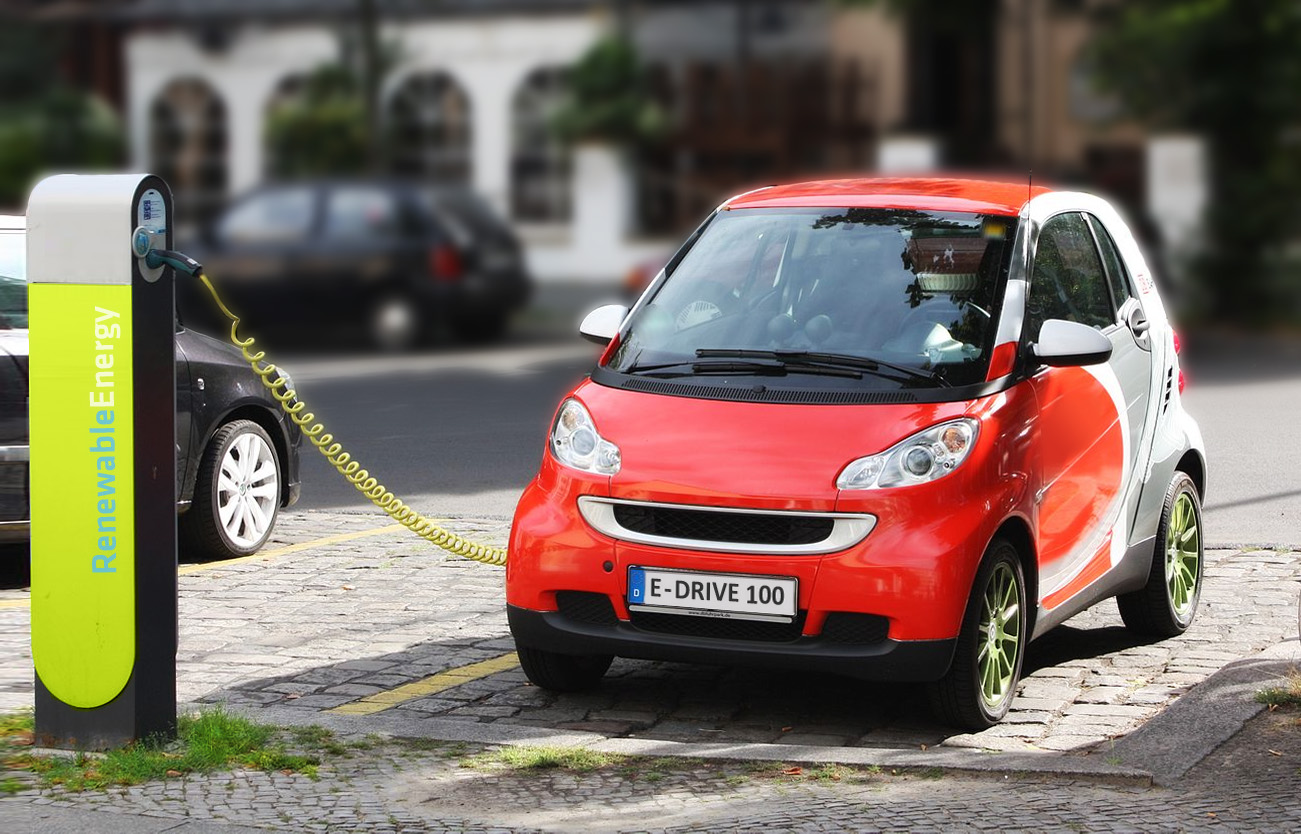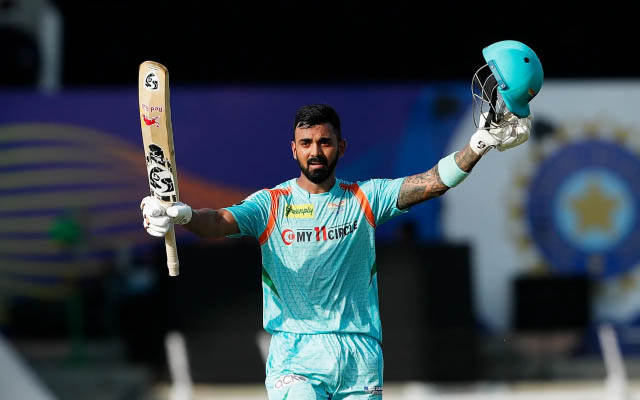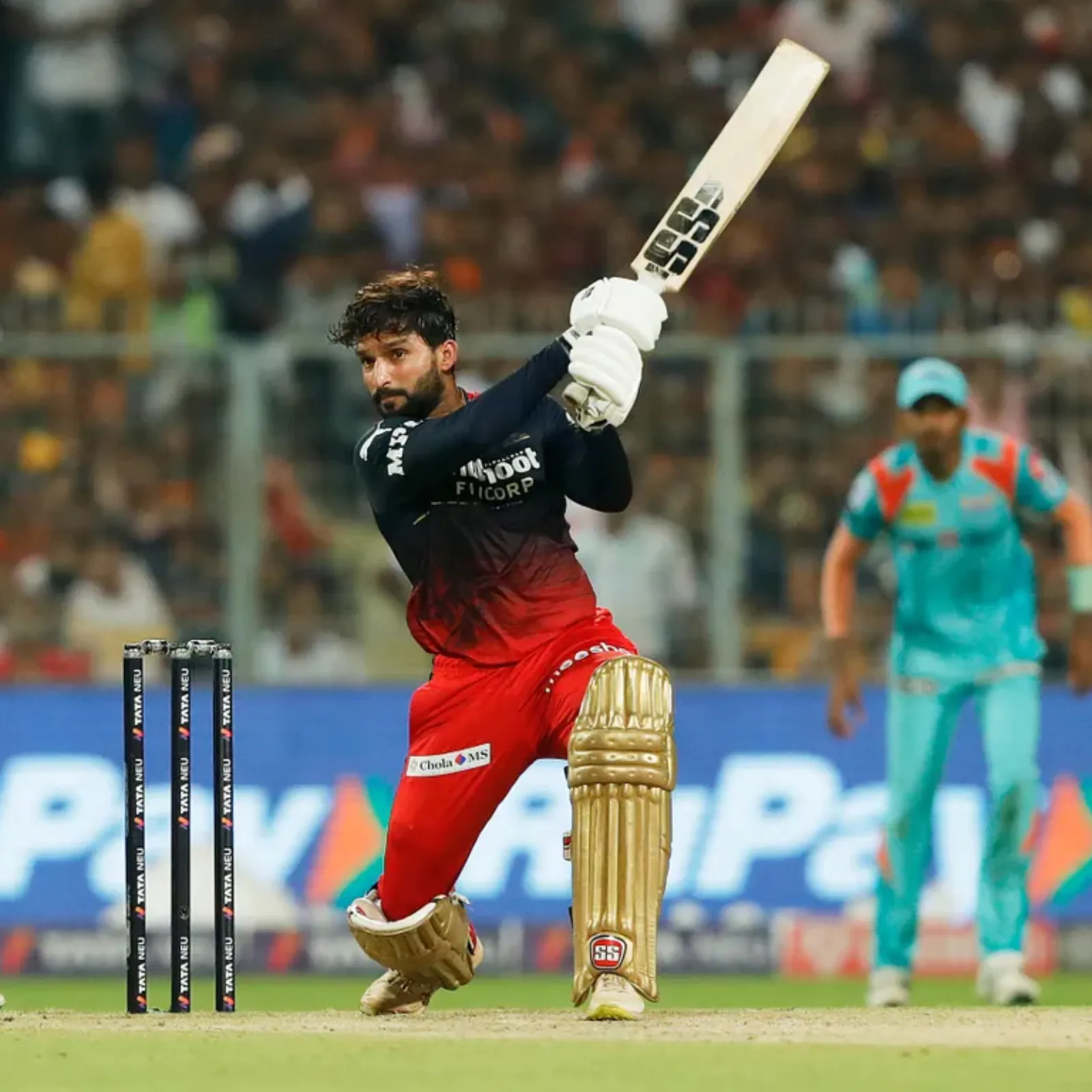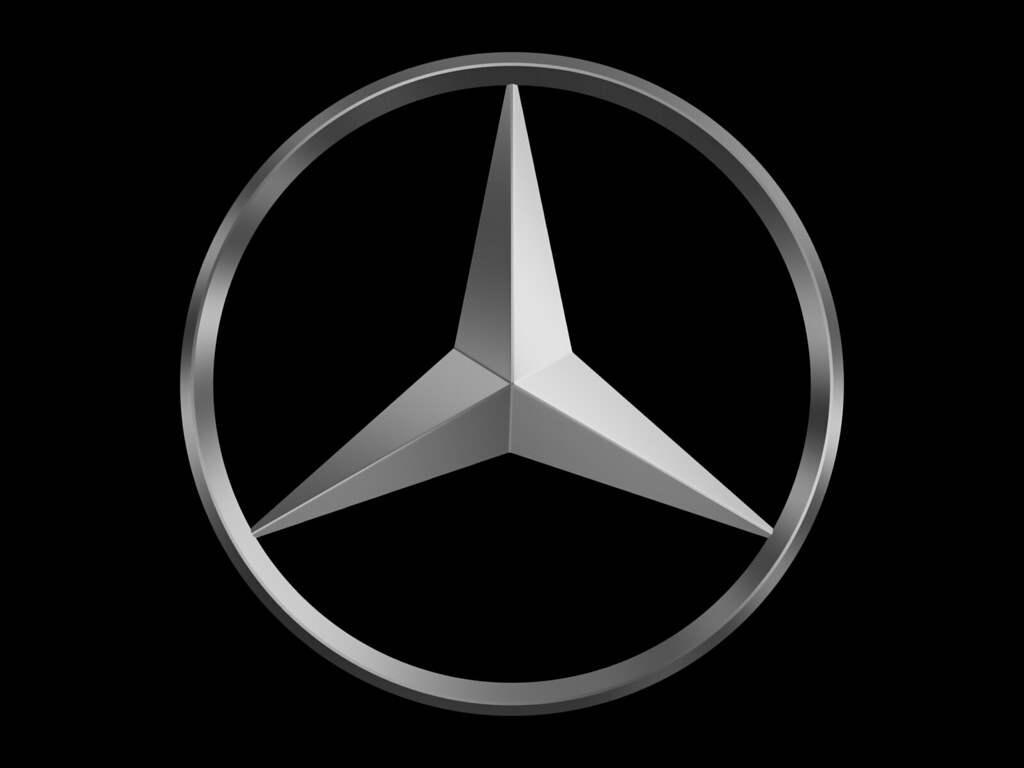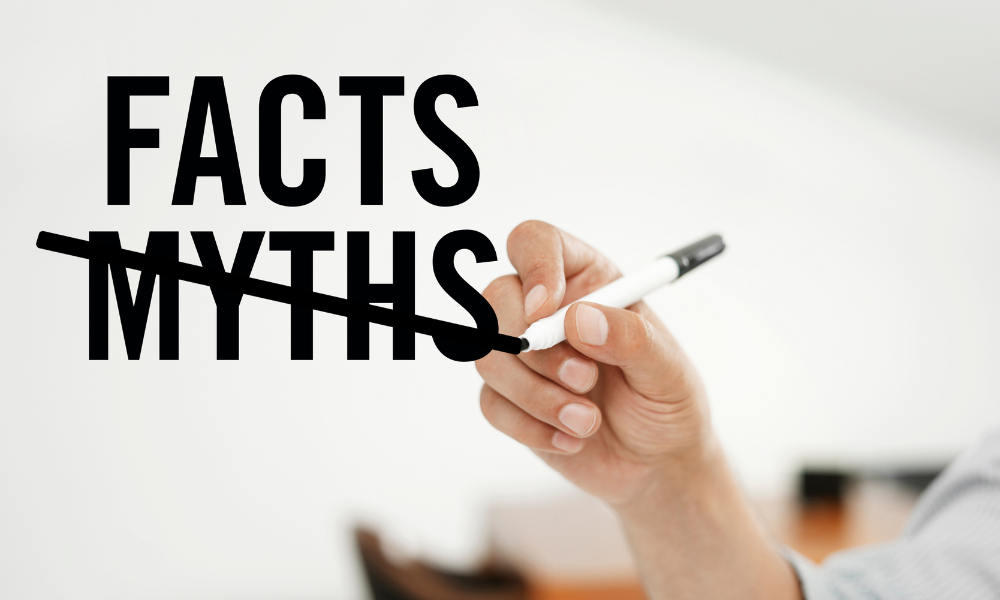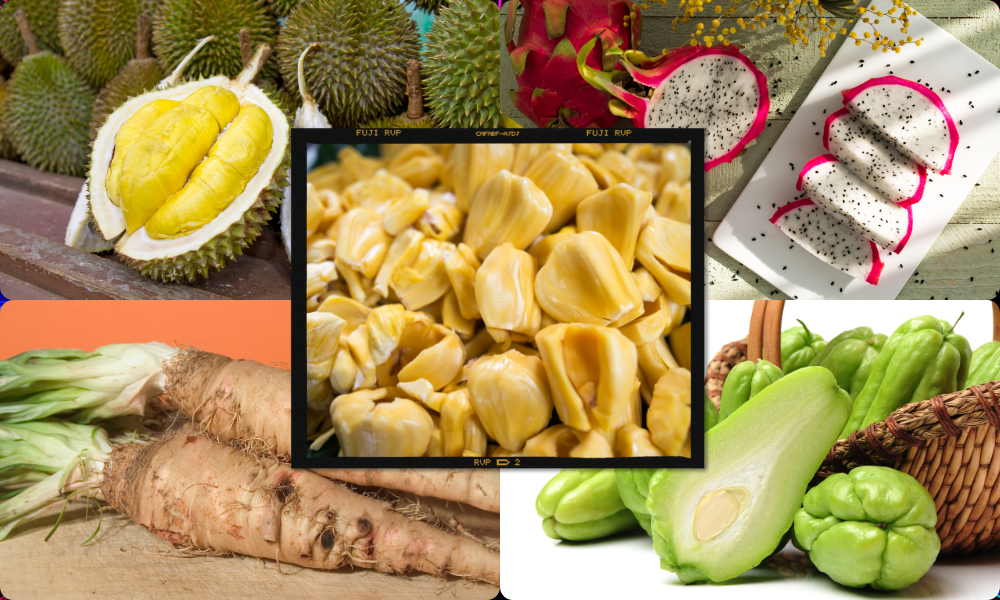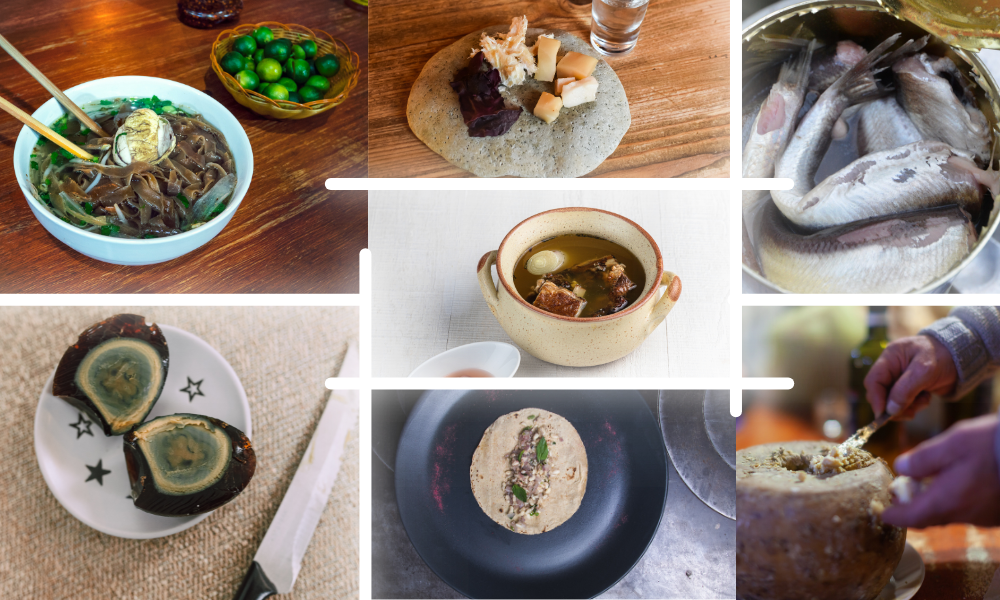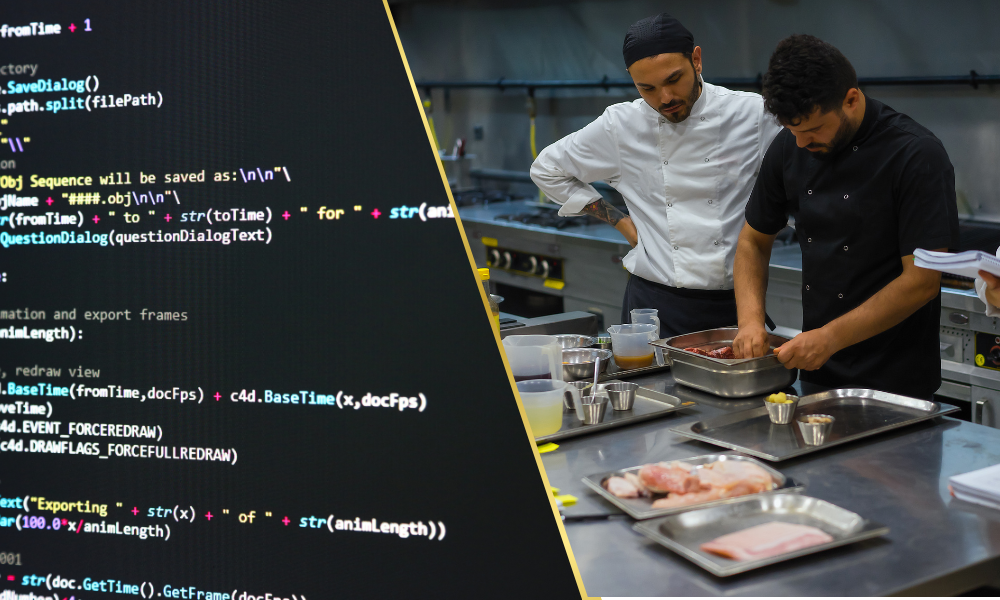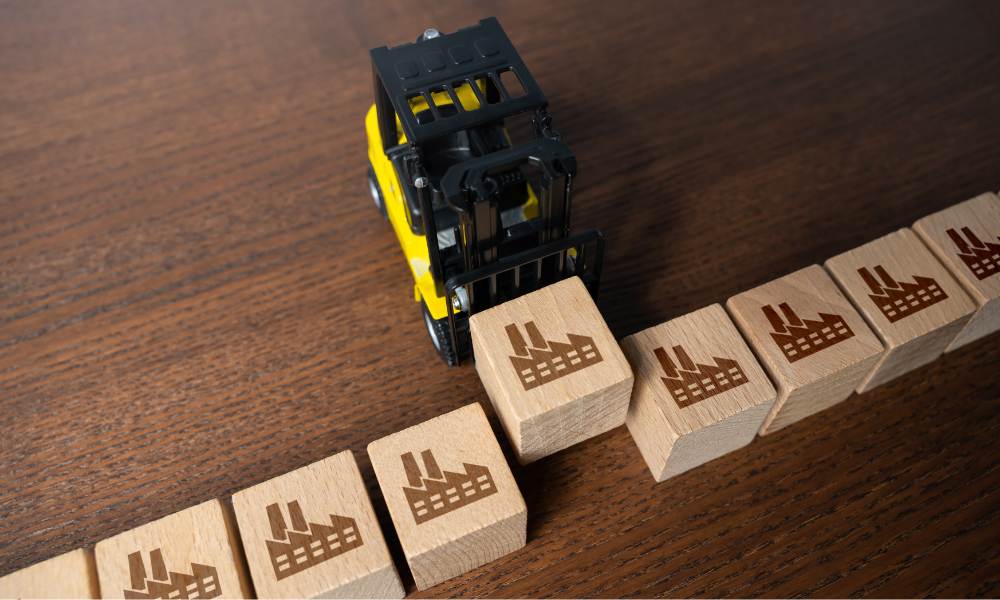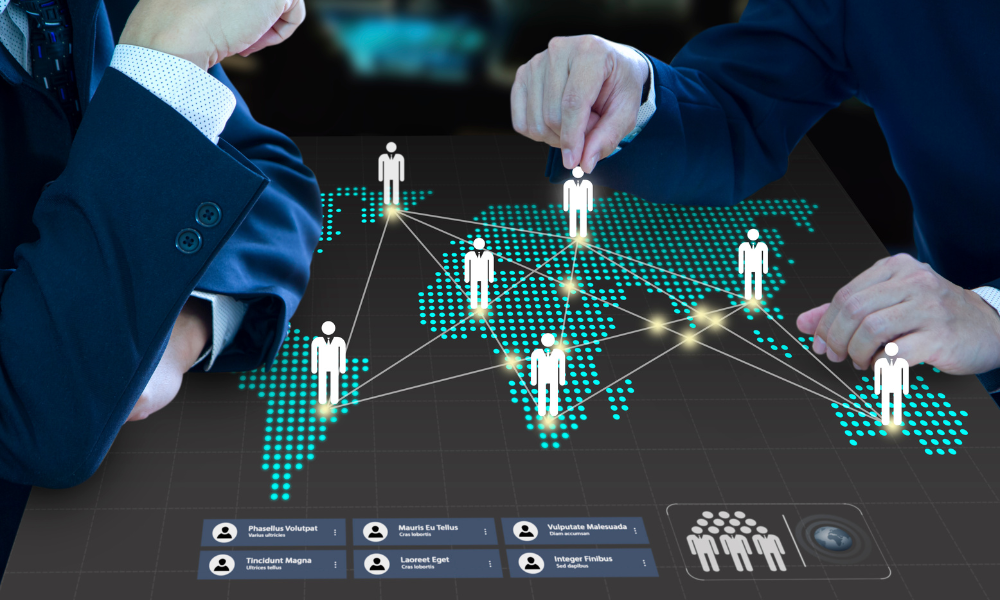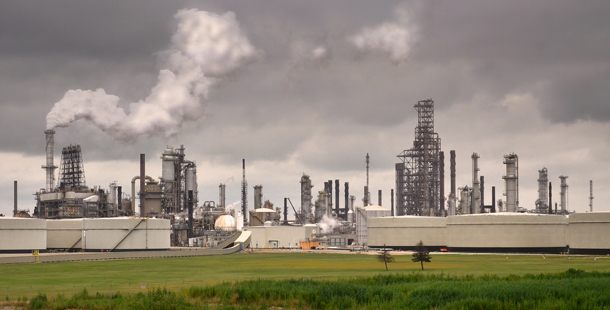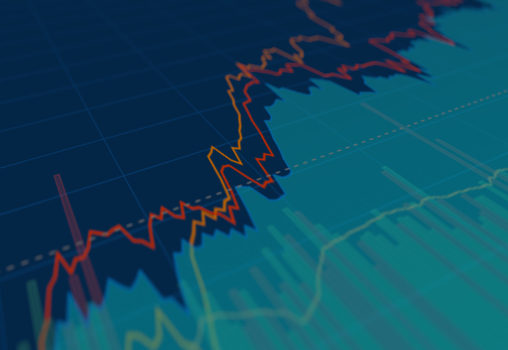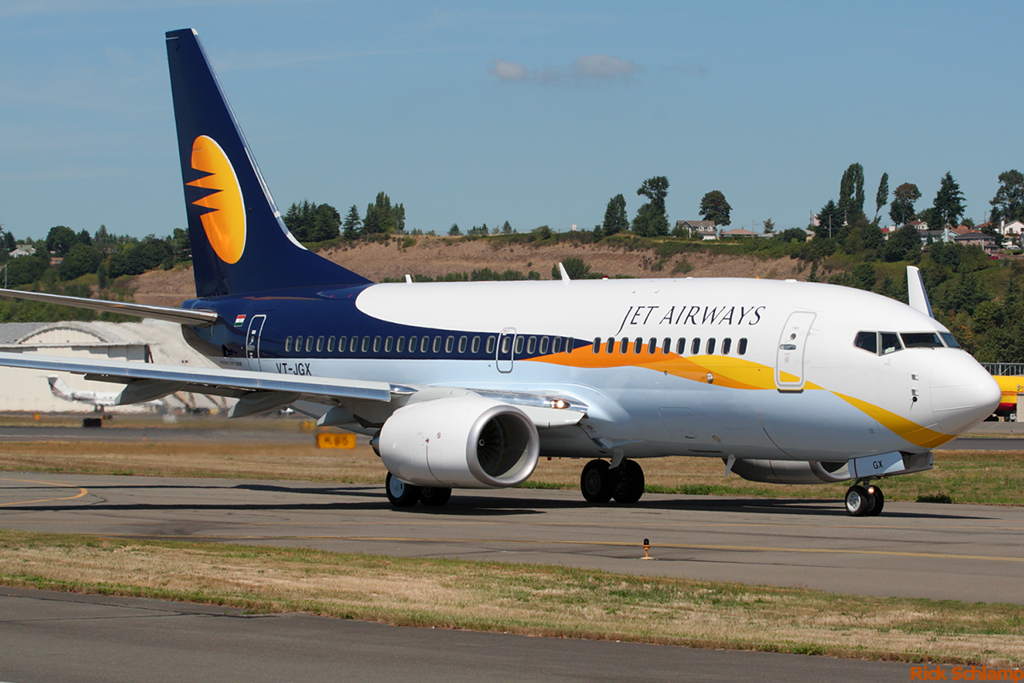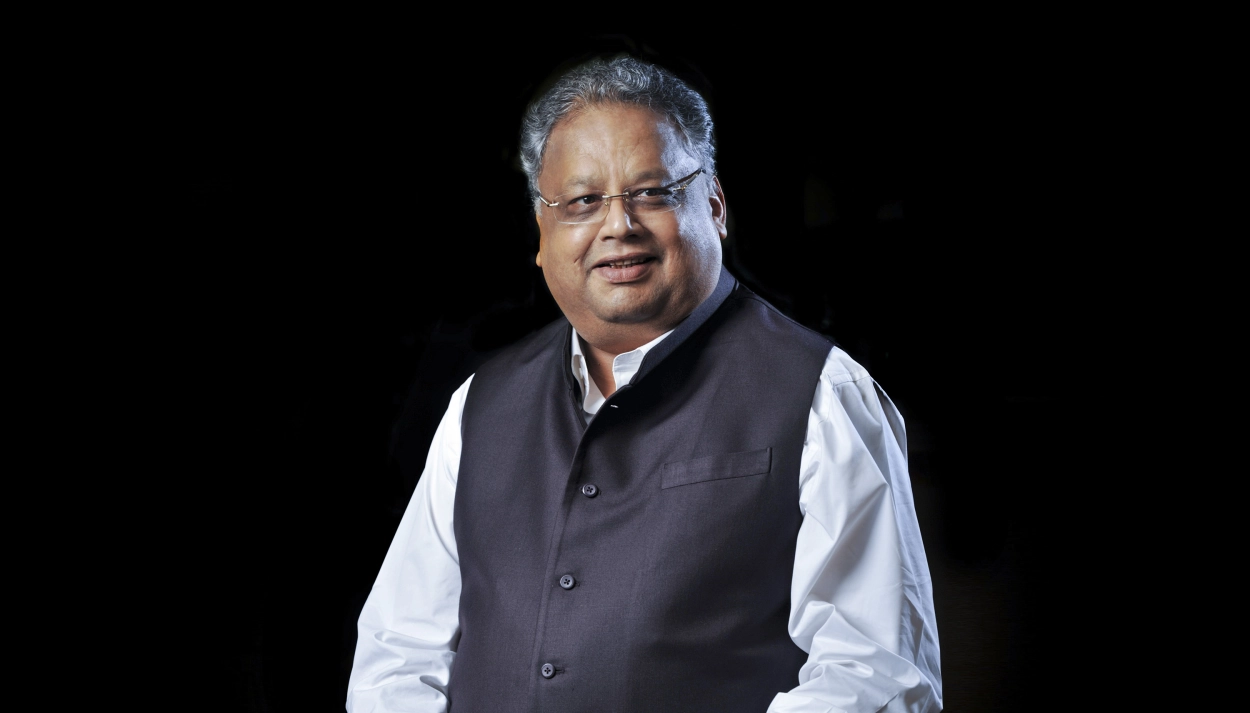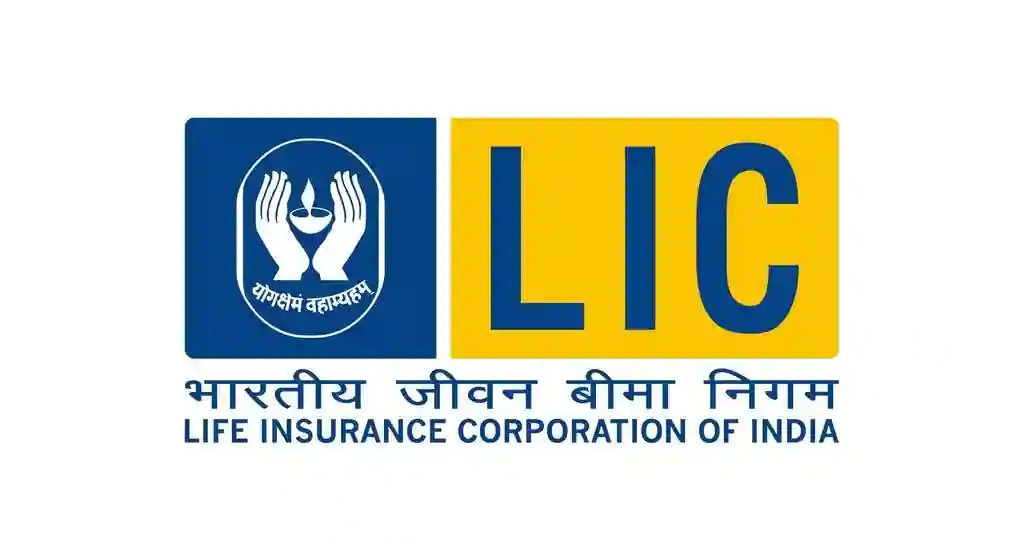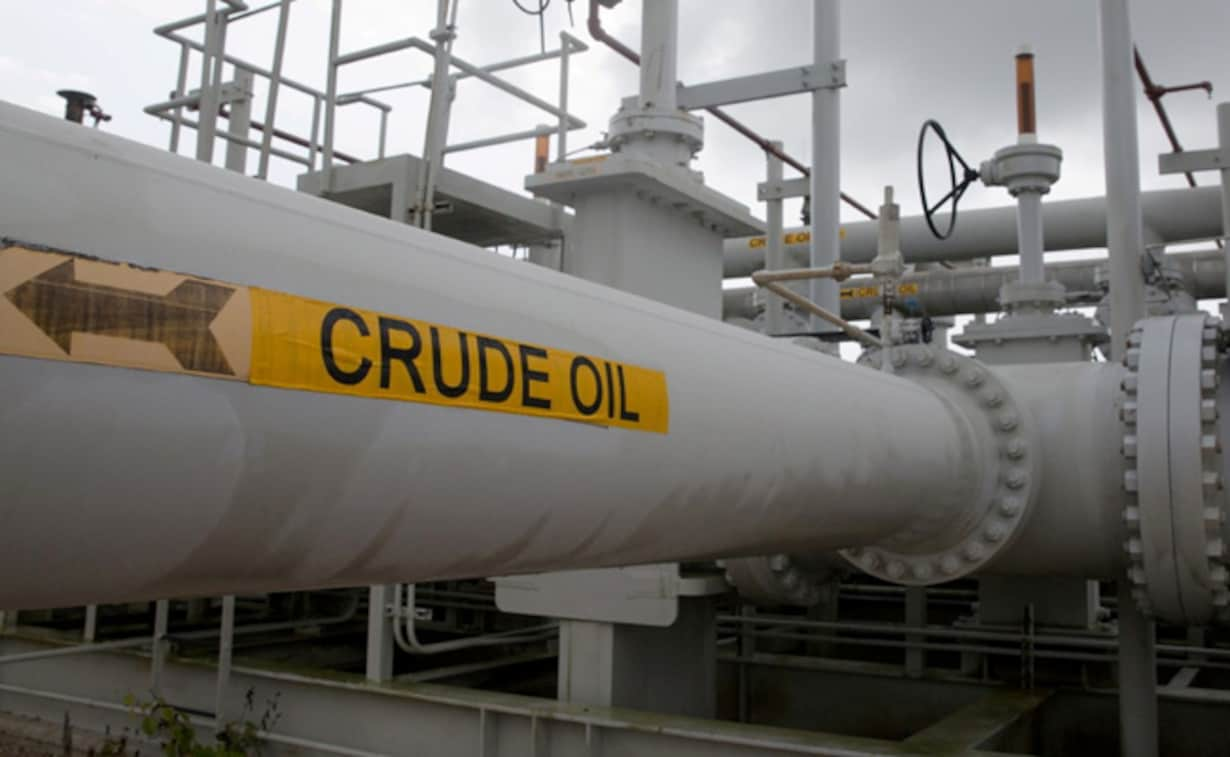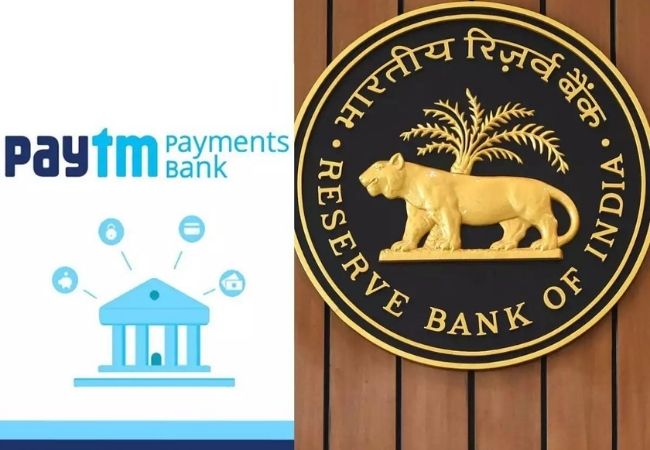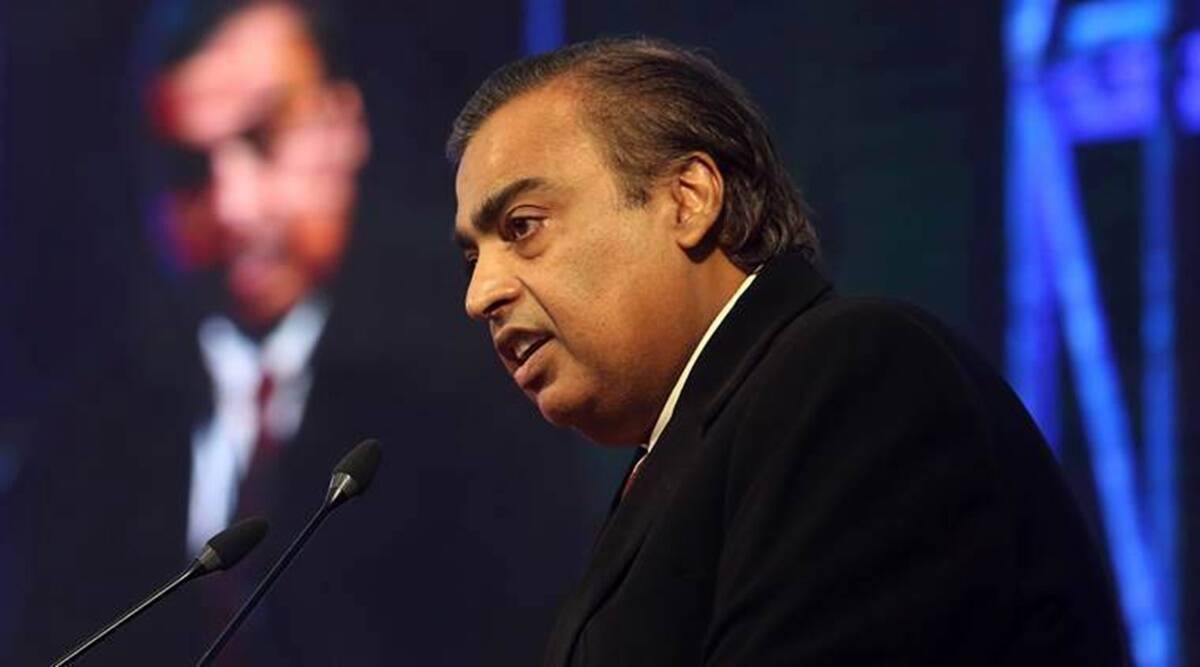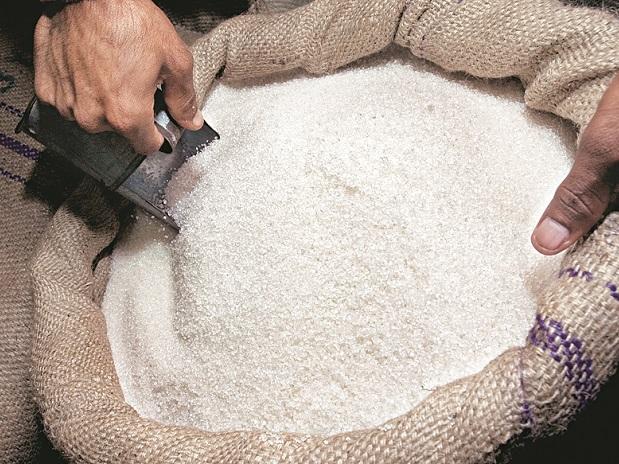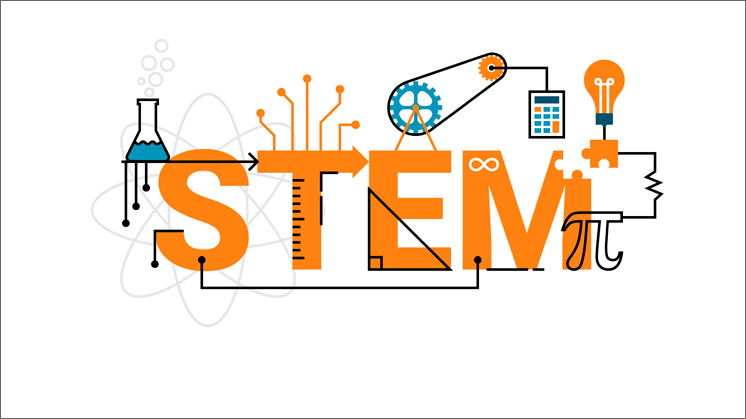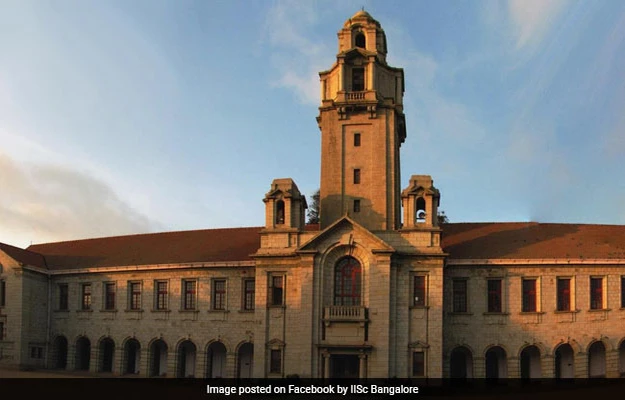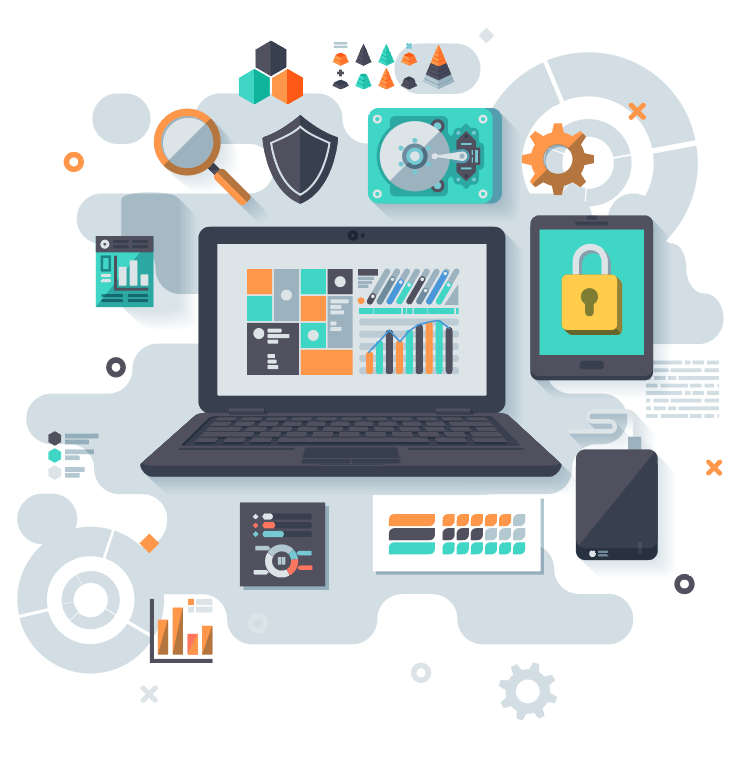DronesInAgriculture, PrecisionAgriculture, UAVTechnology, PrecisionFarming, DataDrivenFarming
In recent years, the agriculture industry has witnessed a remarkable transformation fueled by advancements in technology. Among the most revolutionary innovations is the integration of Unmanned Aerial Vehicles (UAVs), commonly known as drones, into farming practices. Drones have emerged as powerful tools for crop monitoring and management, offering farmers unprecedented levels of precision, efficiency, and insight. In this blog, we delve into the transformative impact of drones on agriculture and explore the myriad ways in which UAV technology is revolutionizing crop monitoring and management.
Understanding the Role of Drones in Agriculture
Drones have rapidly gained popularity in agriculture due to their versatility and effectiveness in capturing high-resolution imagery of farmland. Equipped with various sensors, cameras, and imaging technologies, drones can collect a wealth of data from above, providing farmers with valuable insights into crop health, soil conditions, and overall farm management.
Precision Crop Monitoring
One of the primary benefits of drones in agriculture is their ability to conduct precise and timely crop monitoring. Traditional methods of assessing crop health often involve manual labor or ground-based machinery, which can be time-consuming and labor-intensive. With drones, farmers can efficiently survey large expanses of farmland in a fraction of the time, enabling them to detect issues such as nutrient deficiencies, pest infestations, and disease outbreaks early on.
High-Resolution Imaging
Modern agricultural drones are equipped with advanced imaging technologies, including multispectral, hyperspectral, and thermal cameras, capable of capturing high-resolution imagery of crops and soil. These sensors can detect subtle variations in crop health, moisture levels, and temperature, allowing farmers to make informed decisions regarding irrigation, fertilization, and pest control. By analyzing drone-generated imagery, farmers can identify areas of concern and implement targeted interventions to optimize yield and minimize resource usage.
Enhanced Efficiency and Cost-Effectiveness
The use of drones in agriculture can significantly enhance operational efficiency and reduce costs for farmers. Compared to traditional methods of aerial imaging, such as manned aircraft or satellite imagery, drones offer greater flexibility, accessibility, and cost-effectiveness. Farmers can deploy drones as needed to collect real-time data on crop conditions, thereby optimizing resource allocation and minimizing waste. Additionally, the ability to identify and address potential issues early on can prevent yield losses and ultimately increase profitability for farmers.
Integration with Precision Agriculture Technologies
Drones play a pivotal role in the broader context of precision agriculture, which aims to optimize farming practices through the use of data-driven technologies. By integrating drones with other precision agriculture tools, such as GPS-guided tractors and automated irrigation systems, farmers can achieve greater levels of precision, productivity, and sustainability. Drones provide the aerial perspective needed to generate accurate maps, identify spatial variability within fields, and tailor management strategies accordingly.
Regulatory Considerations and Challenges
While drones offer immense potential for transforming agriculture, their widespread adoption is not without challenges. Regulatory considerations, such as airspace regulations and privacy concerns, can pose obstacles to the deployment of drones in farming operations. Additionally, issues related to data management, interpretation, and integration with existing farm management systems need to be addressed to fully realize the benefits of drone technology in agriculture.
In conclusion, drones have emerged as indispensable tools in modern agriculture, revolutionizing crop monitoring and management practices. From precision crop monitoring to high-resolution imaging and enhanced efficiency, UAV technology offers farmers unprecedented capabilities for optimizing yield, minimizing inputs, and improving sustainability. As drones continue to evolve and become more accessible, their integration into farming operations is poised to drive further innovation and transformation in the agricultural industry.
By harnessing the power of drones, farmers can gain valuable insights into their crops, make data-driven decisions, and ultimately cultivate a more productive and sustainable future for agriculture.
Whether you're a small-scale farmer or a large agribusiness, embracing drone technology can unlock new opportunities for growth, efficiency, and resilience in an ever-changing agricultural landscape.
Powered by: Oh! Puhleeez Branding Agency & NowUpskill
DronesInAgriculture, PrecisionAgriculture, UAVTechnology, PrecisionFarming, DataDrivenFarming

